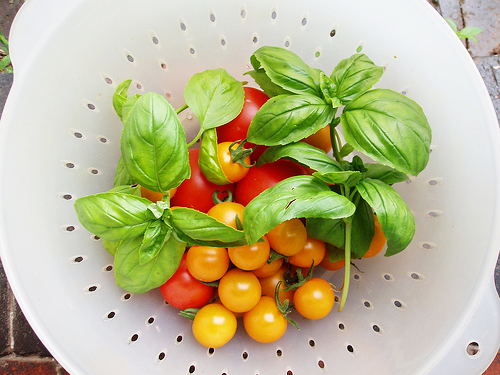
GrowCookEat – Getting Started
I am thrilled with the response that I’ve gotten from all of you on the new GrowCookEat feature! Thank you so much for joining in and I hope we can all have a great experience learning together. If you missed the announcement last week and don’t know what I’m talking about, head over here.
Imagine my surprise when Julia left me a comment letting me know how much she loves this concept. So much, in fact, that she has a blog named Grow. Cook. Eat. Julia has offered to share some advice on how to get started. Thank you, Julia!
 Julia trained as a chef at the California Culinary Academy in San Francisco, and expanded her education with cooking classes in Indonesia, Thailand, Mexico, China and Vietnam. After working in restaurants in San Francisco, DC and Boston, she started her own business leading Interactive Cooking parties and corporate team-building events through cooking.
Julia trained as a chef at the California Culinary Academy in San Francisco, and expanded her education with cooking classes in Indonesia, Thailand, Mexico, China and Vietnam. After working in restaurants in San Francisco, DC and Boston, she started her own business leading Interactive Cooking parties and corporate team-building events through cooking.
Today, Julia consults with restaurants and small farms, writing business plans and cookbooks, developing recipes and improving restaurant operations. Julia’s blog Grow. Cook. Eat. chronicles her adventures growing vegetables in a tiny urban garden, the food she’s cooking and the food she’s eating.
by Julia
I moved into my house in 2002. For the first few months, I studied the sun patterns in my backyard, trying to determine which patch would get the closest to “full sun.” Since I live in the city, the neighbors’ houses and trees prevent full sun exposure in any one area. I only get a maximum of 4 hours of full sun in my yard. It’s not ideal: my vegetables grow more slowly and they are smaller than the “supermarket” benchmark. But it’s certainly sufficient to keep me satiated in home grown veggies.
As I started to digging to remove the grass and turn the soil for my 4×8 patch, I quickly discovered that I did not any soil at all, but rocks and other debris mixed with a little dirt. My first step was to get the soil into a condition that will not only grow plants, but plants I would want to eat because the soil is safe.
I dug out the rocks, bricks and trash, and replaced it with a mix of top soil, compost and peat moss (5:5:1 ratio). Your soil may be in good health, but you should still dig it up and turn it. This will help to break up clumps and aerate it. The plant roots will be able to grow more easily to better reach nutrients and water.
Perhaps the best information you can garner is by finding out what zone you live in. Knowing your zone will guide you as to when to plant various vegetables, and when spring and summer begin for your region. Some crops prefer the cooler spring temperatures, while others prefer the sweltering summer.
A good nursery will stock the right vegetables at the right time – lettuces in the spring, tomatoes, peppers and cucumbers in the summer and cabbages and kale in the fall. The label will tell you when you should plant, if you need full sun, how long it will take to mature, and the spacing needed between each plant.
I’ve learned that it’s more economical to start plants from seed, but also more work. I only start from seed if I can direct-sow, meaning, the seeds are planted directly into the soil. If the seeds need to be started indoors and transplanted outside when they’re big enough, I don’t bother. In general, it’s fine to start with seedlings.
To get started:
- Pick a spot that gets maximum sun.
- If you need to amend the soil, you can make a mix of 5 parts top soil, 5 parts dehydrated compost and 1 part peat moss. I used this mix in my raised beds. An 8 foot by 4 foot bed (8 inches deep) requires about 800 pounds. Yikes! Home Depot does deliver.
- Determine what zone you live in.
- Pick out your favorite vegetable seedlings at your local nursery and read the labels. Make sure you give you plants proper spacing.
Most plants require at least 18 inches (45 centimeters) between them. You can plant your vegetables closer together than that, but the roots won’t have enough room to spread out, and ultimately, the plants will be smaller. With this limitation, I know I need to choose carefully what I plant.
Through trial and error I’ve learned that I can’t grow zucchini and I have a hard time with heirloom tomatoes. Every year, I include a few new crops with my staples. I love pickles (and grow lots of cucumbers) and celery is essential. Of course, tomatoes, basil, chilies and lettuces make an appearance every year.
Julia makes some great points here: grow your staples, gardening is about trial and error (so don’t bother stressing about that one!), you’ll learn along the way (I certainly have!) and figure out what grows and what doesn’t, what you like and what you don’t. Every year you’ll get a little better.
More links to get you started:5 Gardening Basics for Beginners
Getting Seeds Started
Got your GrowCookEat post up?:
- Write a post about gardening on your own blog, don’t forget to mention www.goodlifeeats and GrowCookEat so that your readers know where they can learn more about GrowCookEat and gardening. Then, come back here to add the link to your post to the SimplyLinked form below.
- Don’t have a blog? ell us about your garden in comments section of each post so we can all see what you’re up to.
- Let’s stay on topic, this isn’t an invitation to spam everyone with your blog. If your post doesn’t somehow relate to gardening, it will be deleted. Thanks for understanding.




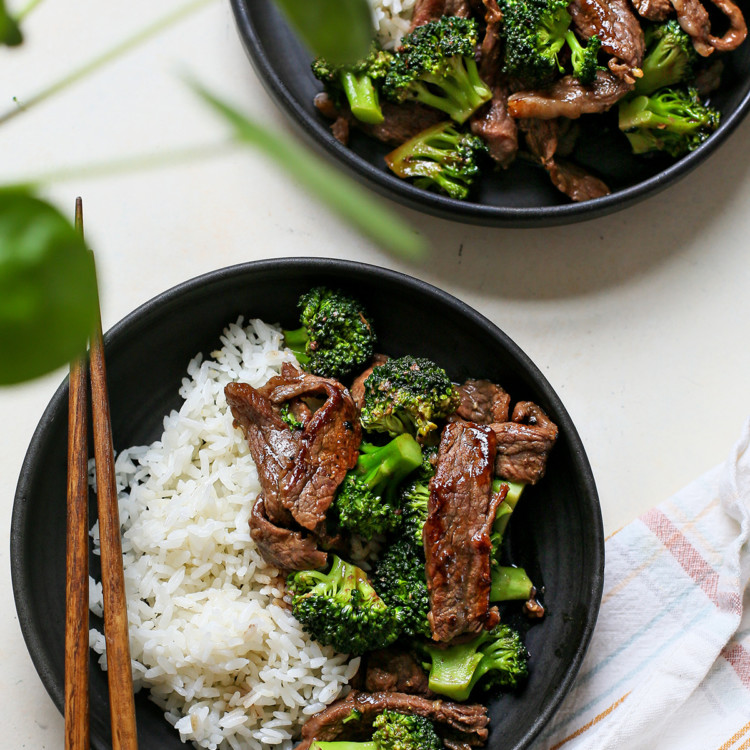
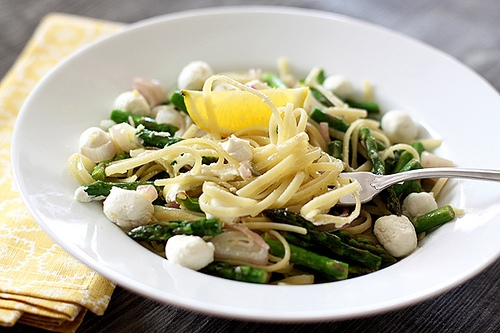
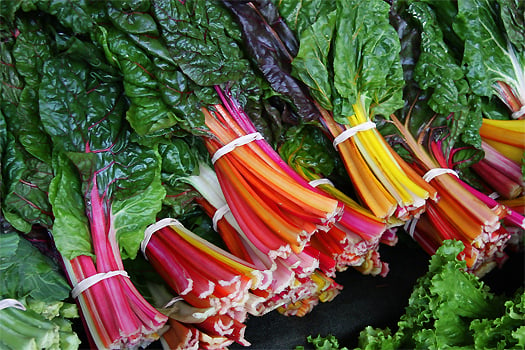

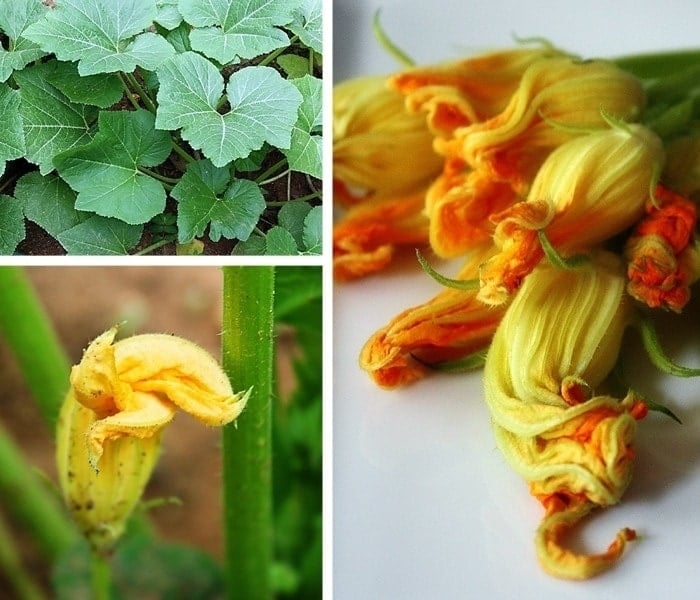

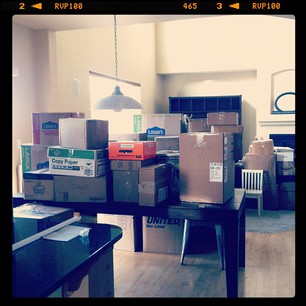

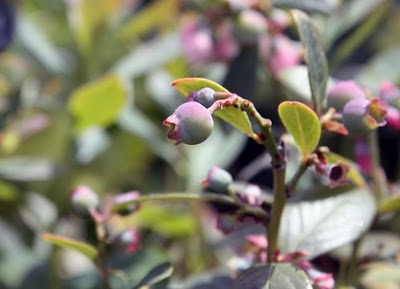
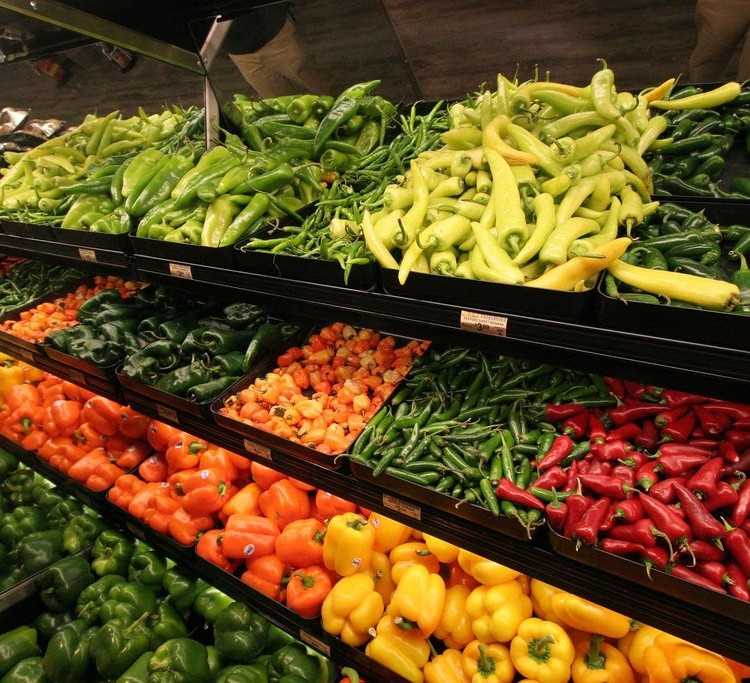

Susan Being Snippy says
though I grew up on a farm, the growing of vegetables is ALOT different in containers in a small townhouse lot, so I am looking forward to following your posts, info and tips to plant enough food to make a dent into the grocery bill, or to at least have fresh, home grown produce for a few weeks this summer…
Lucky says
I'm trying a few new things this year — celery, strawberries and blueberries. I've found that peppers grow the best in my yard so I always have a lot of those.
Memória says
This is a great post!! I have never planted in my life, and I live in an apartment, so I am looking forward to the Friday post.
Jennifer says
GREAT info and tips!! Thanks!
Jennifer says
What a great weekly feature. I'm really excited to read this every week!
Jamie says
Such a great post and concept! I really need to step out of my comfort zone and try something more than my usual herbs and jalapenos!
Candi says
This year we are trying to plant more tomatoes and green beans (since I'm also going to try to preserve some for the first time too!). Thanks for hosting this!
Jenna @ Newlyweds says
Love this new feature! She has some great advice. I always stay with my stables and then try a few new things each year, this year we are trying white squash.